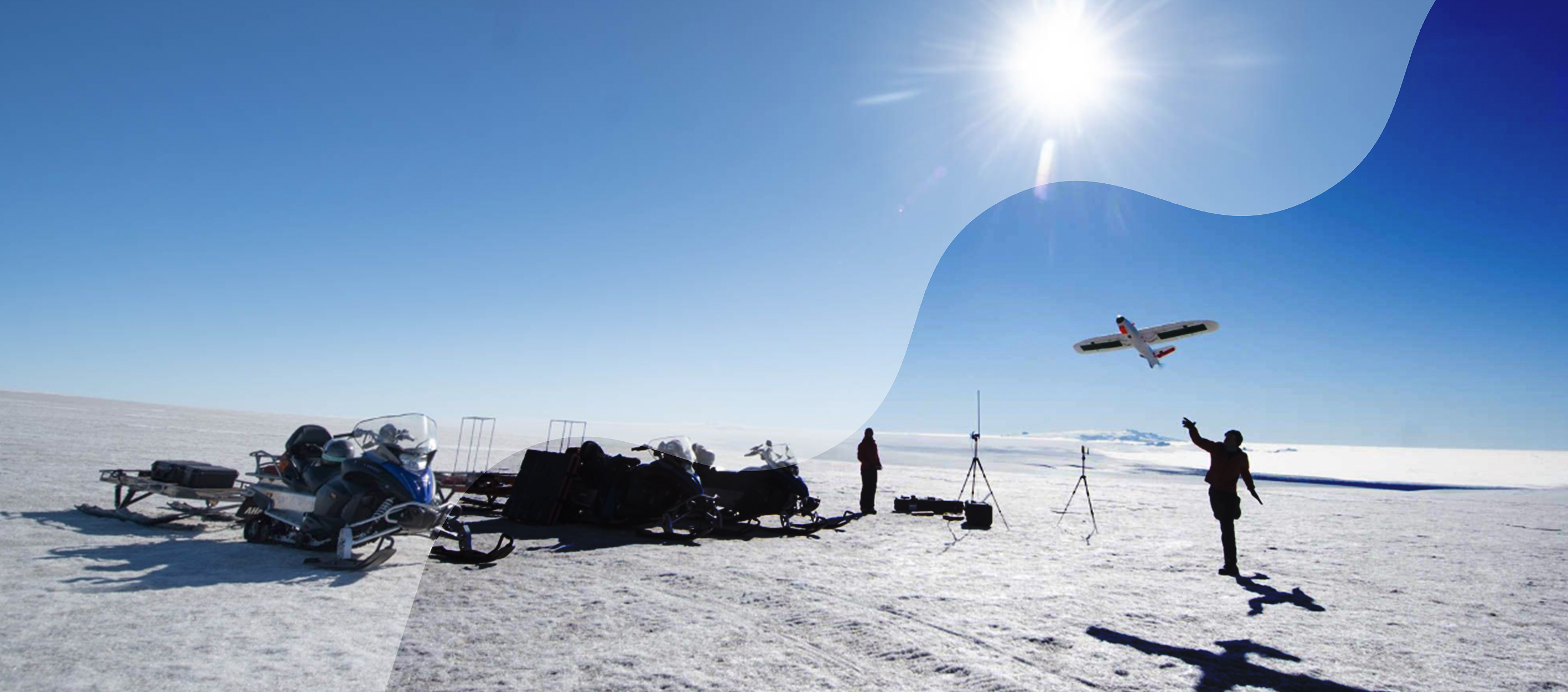
Research in Energy, Environment, and Sustainability is motivated at the macro level by the rapid rise in worldwide demand for electricity and related threats to the environment including global climate change and on the micro level by the explosion in the number of mobile devices and sensors whose performance and lifetimes are limited by energy. Work in this draws on a wide range of disciplines and approaches to address a variety of application domains including photonic energy conversion, engineering nanomaterials, advancing the scientific and technical foundations of geophysical radar, theory and simulations of photonic and solid-state materials, the design of dc-dc power converters working at MHz frequencies, power electronics, resonant converters, resonant gate drive techniques, high-frequency magnetics, power systems are in the integration of renewables, smart distribution systems, and demand-side data analytics, wideband gap (WBG) and ultra-wide bandgap (UWBG) materials and device engineering for energy-efficient and compact system architecture for electronics including power RF, using technology to help solve the environmental issues, end-to-end IoT system to enable data-driven agriculture solutions, new and innovative materials, structures, and process technology of silicon, germanium and III-V devices and interconnects for VLSI and nanoelectronics, metal and optical interconnections and high efficiency and low cost solar cells, convex optimization applications in control, signal processing, machine learning, energy-efficient transistors, data storage (memory), and thermoelectrics, novel materials and nano structuring for high efficiency solar cells.
Energy Harvesting & Conversion: The study of electronics and photonics play a central role for energy harvesting and conversion. For example, the harvesting of solar energy requires significant advance in both electronics and photonics. In addition, the majority of electronics today are fundamentally limited by the energy they consume. Conversely, the availability of more varied energy sources would enable functionality and ubiquity of electronics not yet possible today. Even when power is readily available, some electronics must obey very strict thermal requirements, such as those that come in contact with the human body. Examples include:
- Thermoelectric nanomaterials for thermal energy harvesting;
- Fundamental research into the nanoscale physics of electron-phonon energy interaction;
- Heat-sensitive electronics and their interaction with strict temperature environments such as car engines, the human body, or extraterrestrial applications;
- Energy harvesting from vibrations (piezoelectrics), thermo-acoustic energy conversion, and chemical reactions;
- Renewable energy research including photovoltaics, thermophotovoltaics, and radiative cooling.
| EMERITUS FACULTY | ||
|---|---|---|
| Jim Harris | Greg Kovacs | Bruce Wooley |
| ALL FACULTY | |
|---|---|
| Energy, environment, and sustainability - View all associated faculty | |
| COURTESY FACULTY | ||
|---|---|---|
| Halleh Balch | Sigrid Elschot | Simona Onori |
Environmental sensors, embedded systems, remote sensing
Research in Environmental Sensors, Embedded Systems, and Remote Sensing draws on a wide variety of scientific and engineering disciplines and approaches that advance the state-of-the-art in geoscience remote sensing instrumentation and technologies that improve knowledge for the betterment of society and the global environment. This work often supports scientific investigations with the design and development of hardware (RF engineering, Microwave and mm-wave circuits, Antennas, active and passive microwave remote sensing, sensor networks) and data processing (applied EM, signal processing for remote sensing data, imaging, scattering modeling/theory) techniques used in geophysics, geology, hydrology, meteorology, and planetary science. Examples include operating systems, networks, and software design, especially for embedded systems, wireless technology such as battery-free sensing, low-cost low-power communication and IoT systems, the development and application of science-optimized geophysical radar systems, new techniques and tools, specifically new programming languages, compilers, and runtime systems, that enable end-users to more easily develop computations that exploit the potential of emerging computing platforms that exhibit analog behaviors, interferometric radar remote sensing applications and technique development, large-scale monitoring, sensor fusion, data analytics and stochastic control for infrastructure networks, low-power and smart-power ASICs, mixed-signal integrated circuit design, including sensor interfaces, data conversion, high-speed communication, and embedded machine learning, computational photography, low-power mixed-signal circuit design, next generation high capacity wireless networks using techniques from information and coding theory, end-to-end design of high-performance RF and Microwave electronic systems, new physical phenomena, to designing electronic systems (with custom silicon ICs).
This course listing is an example; Please speak with your Advisor about what courses are best suited for your individual interest areas.
EE 234: Photonics Laboratory
EE 236A: Modern Optics
EE 236B: Guided Waves
EE 236C: Lasers
EE 242: Electromagnetic Waves
EE 255: Green Electronics (EE 155)
EE 258: Introduction to Radar Remote Sensing (GEOPHYS 258J)
EE 259: Principles of Sensing for Autonomy
EE 262: Three-Dimensional Imaging (GEOPHYS 264)
EE 264: Digital Signal Processing
EE 269: Signal Processing for Machine Learning
EE 274: Data Compression: Theory and Applications
EE 276: Information Theory
EE 278: Introduction to Statistical Signal Processing
EE 284A: Introduction to Internet of Things
EE 292D: Machine Learning on Embedded Systems (CS 329E)
EE 292Q: 3D+ Imaging Sensors
EE 332: Laser Dynamics
EE 355: Imaging Radar and Applications (GEOPHYS 265)
EE 358: Wireless System Design
EE 359: Wireless Communications
EE 364A: Convex Optimization I (CME 364A)
EE 364B: Convex Optimization II (CME 364B)
EE 414: RF Transceiver Design Laboratory
EE 314A: RF Integrated Circuit Design
EE 384: Networked Wireless Systems
EE 252: Antennas
EE 247: Introduction to Fiber Optic Communications
EE 373A: Adaptive Signal Processing
EE 261: The Fourier Transform and Its Applications
GEOPHYS 230: Ice Penetrating Radar (in the process of being cross-listed in EE)
GEOPHYS 281 Geophysical Inverse Problems
ENERGY 240 Data Science for Geoscience